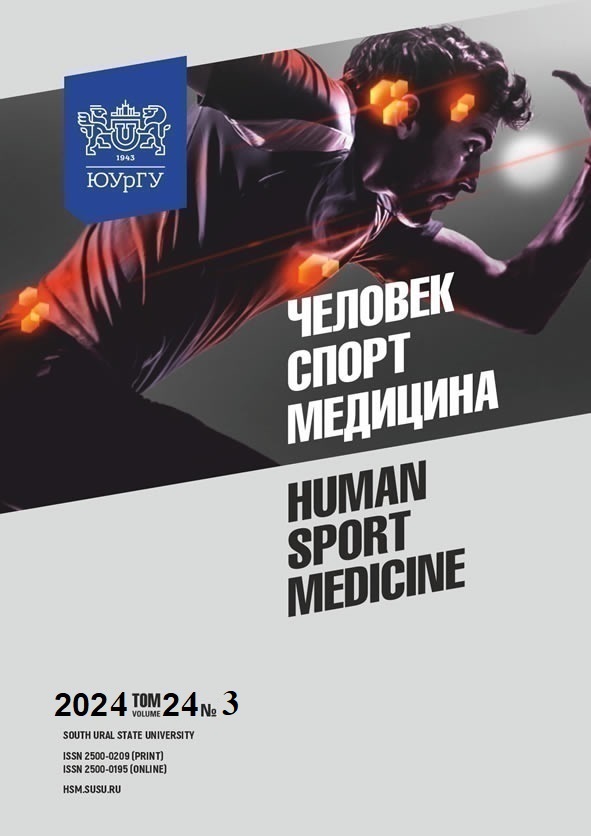EXPLORING IRISIN'S ROLE IN ENHANCING PHYSICAL ACTIVITY OUTCOMES: PHYSIOLOGICAL INSIGHTS FOR REHABILITATION APPROACHES
Abstract
Aim. To comprehensively review the current data on the mechanisms of action of irisin, its secretion, and stimulation. Materials and methods. The data was obtained through a thorough analysis of recent publications from the PubMed and eLibrary.ru databases over the past 5 years. Results. We explore the autocrine and paracrine effects of irisin on muscles and its endocrine effects on other organs. Irisin maintains balance between muscle, bone, and adipose tissue and protects from diabetes, obesity, cognitive decline, and vascular disorders typically associated with reduced muscle mass and physical activity (PA) levels. The potential use of irisin as a marker of sarcopenia is discussed. The paper delves into the regulatory mechanisms governing irisin secretion and proposes innovative strategies for its enhancement. These strategies, which include dietary adjustments, alternative training modalities, electroacupuncture, and hyperthermia, are designed to mitigate situations where physical activity is restricted. Particular attention is given to warming-up techniques due to their established theoretical foundation and potential efficacy. Conclusion. Irisin has multiple long-term positive effects, both in healthy individuals and in patients. The application of stimulation strategies, especially through thermal interventions, is highlighted as a physiologically grounded approach to leveraging the full spectrum of physical activity benefits.
References
References on translit
Copyright (c) 2024 Human. Sport. Medicine

This work is licensed under a Creative Commons Attribution-NonCommercial-NoDerivatives 4.0 International License.















